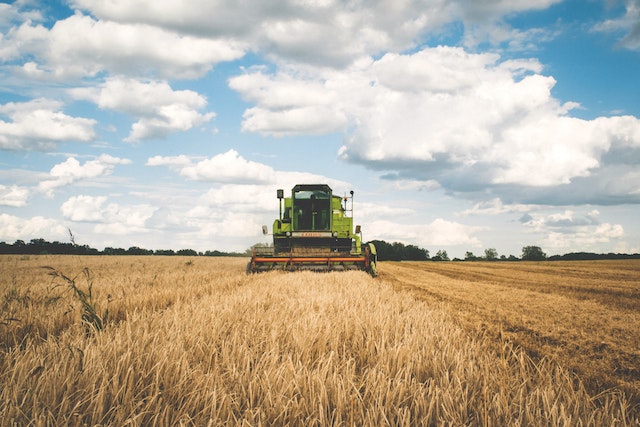Rising farm prices are locking the next generation of farmers out of a life on the land, sparking concerns for Australia’s future food production.
With the cost of agricultural land set for double digit growth in 2023, the peak farming body in NSW warns aspiring young farmers will find it harder to get a start.
“Like we’re seeing in the housing market, the rising property prices are good for older people looking to sell but are really tough for the next generation,” NSW Young Farmers Council chair Martin Murray said.
“The big problem for Australia and our future food supply is if we don’t get young farmers coming through, we won’t have anyone to grow our food in the future – it’s that simple.”
High commodity prices and good weather conditions for most of Australia caused land prices to increase by nearly 30 per cent in 2021 and 2022, a new report by agribusiness banker Rabobank revealed.
“Prices for most major commodities reached record highs, widespread rainfall supported agricultural yields – which also surpassed historical records in some regions,” report author Vitor Pistoia said.
Despite strong production, rising inflation is squeezing the ability of farmers to turn a profit.
Mr Murray said “serious investment” in farm productivity was needed to help farmers make ends meet, as rising interest rates and input costs compound pastoralists’ financial challenges.
Sales for 2023 have continued to break records, but Rabobank predicted a possible slowdown from next year which could last until 2028.
Increasing interest rates, along with the expected onset of an El Nino climate pattern bringing drier weather to Australia may hamper agricultural yields and impact farmers’ appetite for buying land.
“Commodity prices are likely to remain at good levels for farmers for the next one to two years,” Mr Pistoia said.
“However, the drier forecast may result in lower yields and reduced margins, while rising interest rates will curtail long-term investment plans.”
The latest report analysed Digital Agricultural Services farmland sales data, which excludes lifestyle and non-market transactions.
In 2022, the cost of cropping land increased by 29 per cent, livestock grazing land by 26 per cent and dairy by 29 per cent, the data showed.
All states recorded an increase, with South Australian farmland prices rising the most at 34 per cent.
Jacob Shteyman
(Australian Associated Press)




